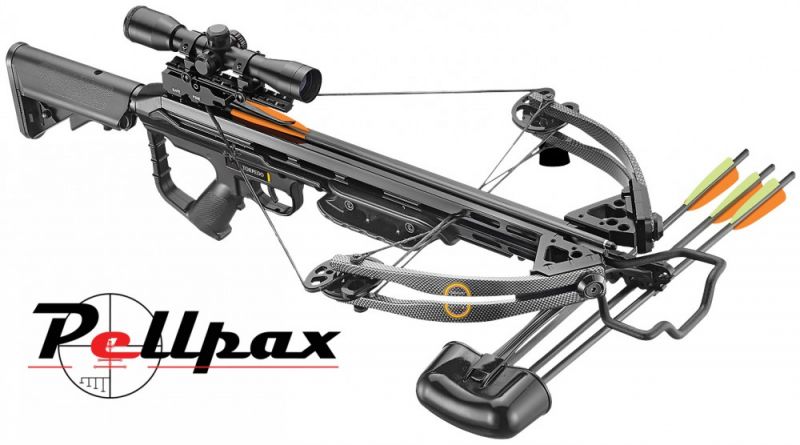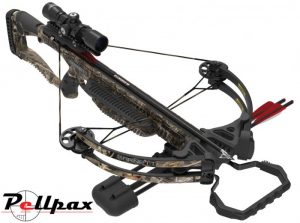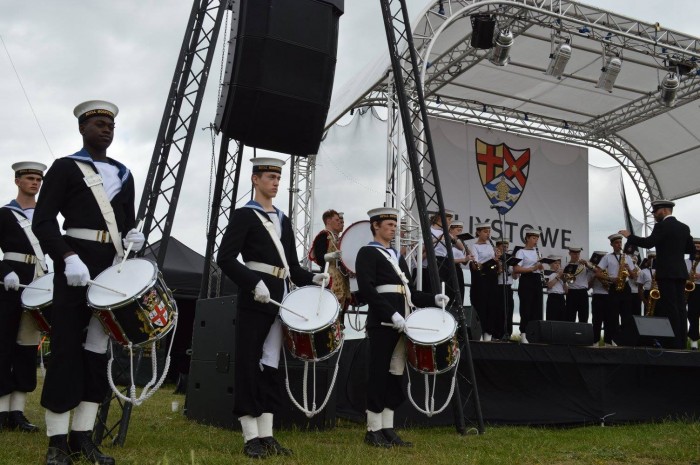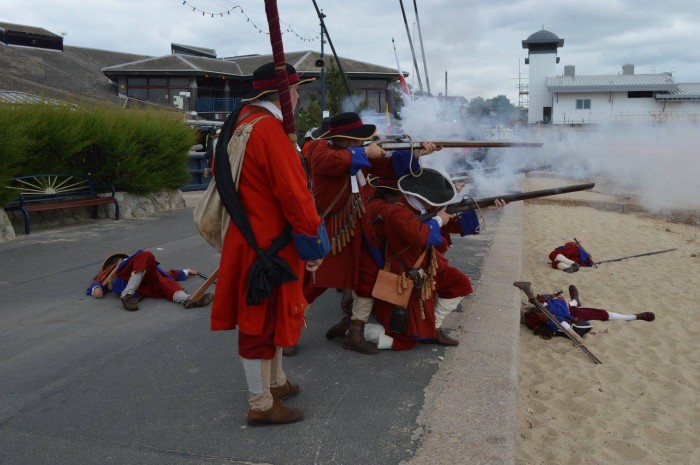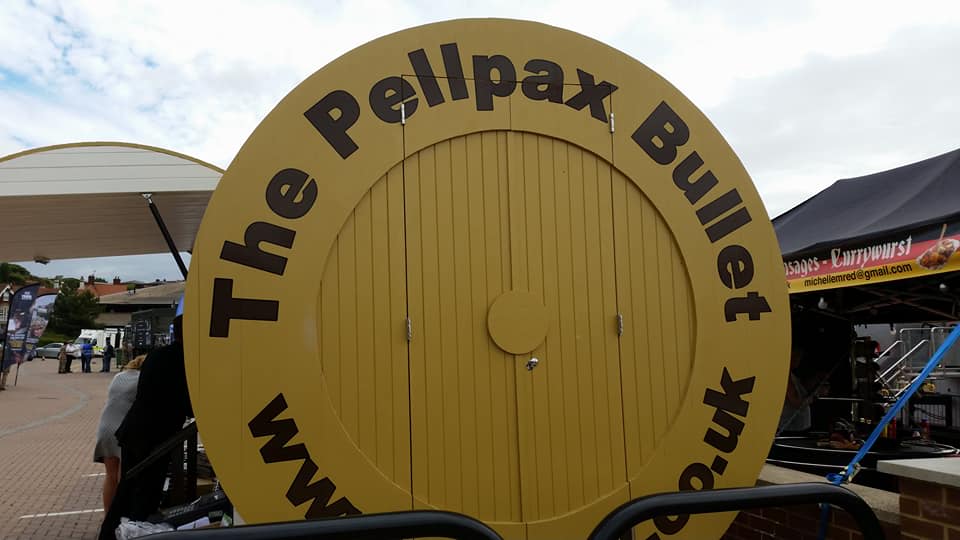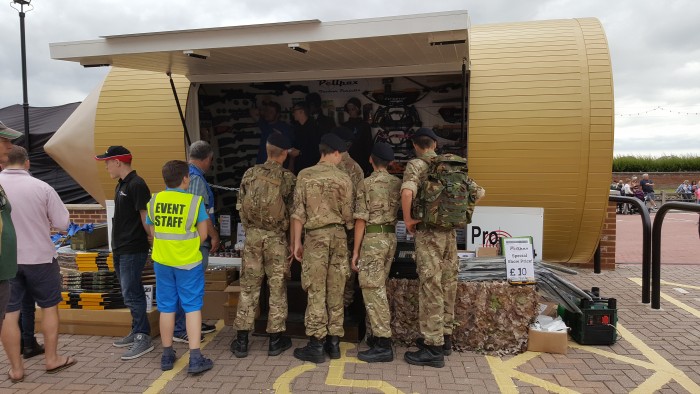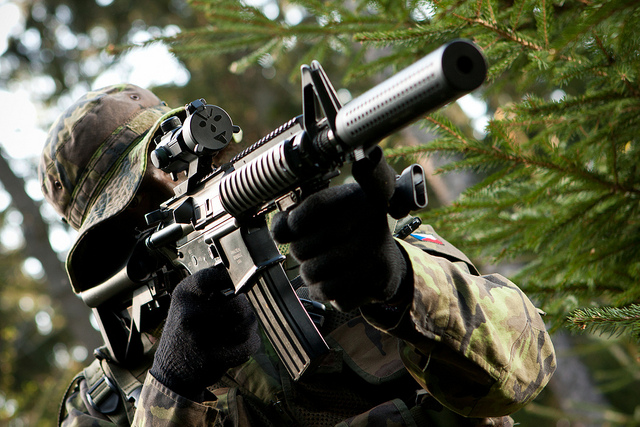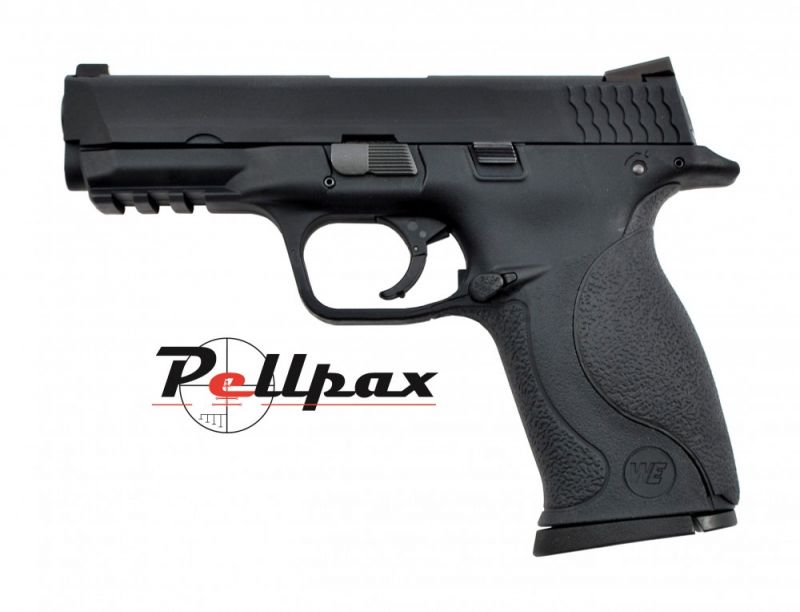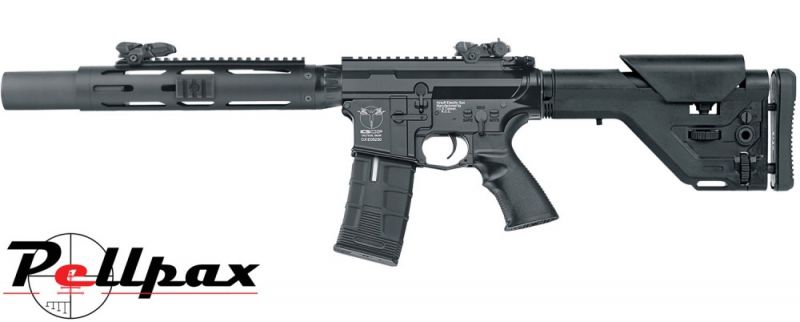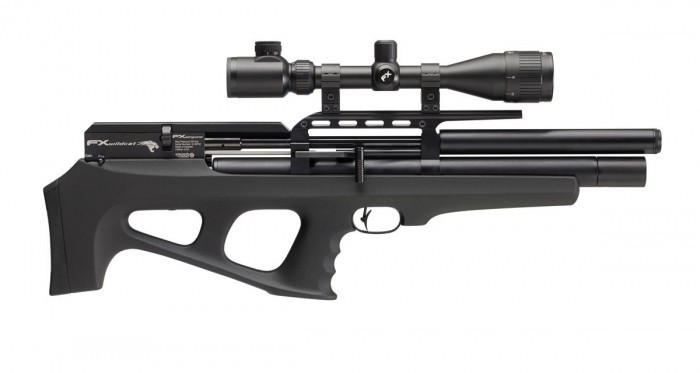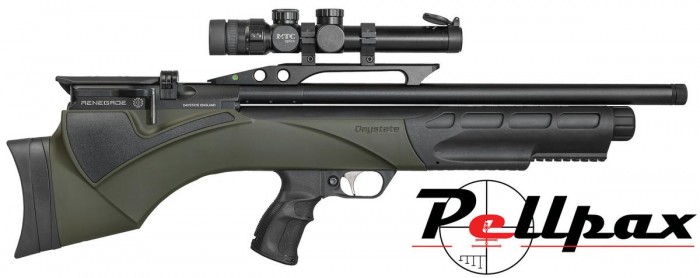In these times of Brexit and Trump, it seems everyone’s looking for a good deal. So I’m here to shed light on some of the best that cheap air rifles have to offer. Now, just 60 years ago, £200 would buy you a brand-new car, but cars are not necessarily the most efficient tool for pest control. So let’s see what high-powered airguns we can get for the same price. And you should always factor in the importance of choosing the correct air gun pellet too.
Hunting For Value: Remington Express XP
If you’re looking for value, you can’t do better than the Remington Express XP. It’s not just one of the cheapest spring rifles, but it’s one of the cheapest airguns, period. The express is only available in .177, but it will shoot 11.5ft/lbs plus, making it just as effective as many other more expensive guns on the market.
The finish on the rifle is also surprisingly refined, considering the price, and the hardwood stock (read ‘not beech’) is suitably shaped and well stained. The rifle also weighs under 3kg, making it lighter than some other similarly priced spring rifles. The trigger of the Remington, in particular, is nice and wide, and whilst there’s a little creep, the pull weight seems perfectly set to achieve a predictable let-off. The Remington is also accurate, with 1/2” groups at 30 yards, using Air Arms Diabolo pellets, and the muzzle report is greatly reduced by the addition of a silencer.
This rifle, however, is not as quiet as a CO2 or PCP rifle, as the main noise of a spring rifle comes from inside the rifle itself. Also, the silencer is moulded to the front of the rifle, eliminating the possibility of front sights. Now, the rifle does come with a 3-9×32 scope, but it’s always nice to have the option.
All in all, a great rifle that’s limited by its lack of options, such as calibre choice and sight options.
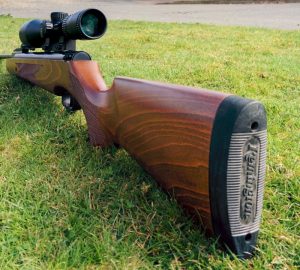
Summary:
+ Great finish
+ Accurate
+ Brilliant Trigger
+ Comes with Scope
– Silencer is Fixed
– .177 Only
– Still Quite Loud
Lightweight and Reliable: Webley VMX
Next up is rifle that has had a couple of re-brands over the years, the Webley ValueMax, now known as the VMX has been a popular choice amongst airgunners looking to get more bang for their buck.
Slightly less powerful than the Express XP, the VMX none the less shoots at around 11.3ft/lbs which is more than enough to deal with either feathers or fur. The VMX features a Powr Lok mainspring that delivers consistent power and smooth delivery although the two stage trigger could be of higher quality.
The VMX also features fibre optic sights and can be fitted with a scope because of the rifles top mounted rail. The VMX also features an automatic safety, but is not possible to de-cock the rifle without firing so always ensure you have a target first, something that is good practice anyway.
The synthetic stock is OK I guess, but I’ve never liked the feel of most of them, they remind me of the texture of a cheap car dashboard, but they are light and I guess for £120 I cant exactly expect walnut can I? The shape is good however and the rifle is comfortable to shoulder for both left and right handed shooters.
The rifle is maybe not the nicest to look at or shoulder, but it shoots like a dream and for under £120 you can’t really have many complaints can you?
Summary
+ Smooth Action
+ Fibre Optic Sights
+ Under £120!!!
+ Auto Safety
– Ugly Synthetic Stock
– Moderate Trigger Creep
– No Way to Decock
A Man’s Gun: SMK XS38
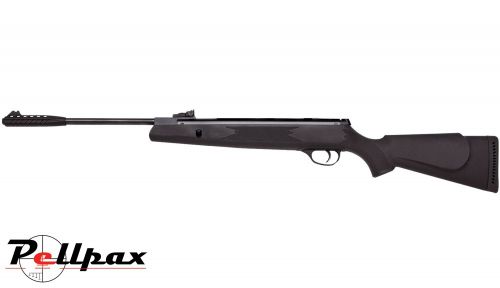
The Chinese have, in recent years, shaken off their reputation for the cheap and the nasty, and instead are now famous for making some of the most reliable air rifles that money can buy.
Continuing in that tradition, the XS38 is a full-sized, full-power airgun, which, instead of a break-barrel system, utilises an underlever to cock. This reduces wear and increases accuracy by ensuring the barrel never moves throughout the firing process. The rifle is fitted with a scope rail as well as fibre-optic sights, which aid hunting in low light.
The rifle itself is somewhat heavy, weighing in at nearly 4kg, and under-leavers are notorious for having all their weight at the front – something that will take a bit of getting used to. The rifle does have a fair bit of kick, though this is counteracted with a generously sized recoil pad.
The trigger of the XS is somewhat unrefined and is a single stage, leading to a little unpredictability, and the break-barrel action is a little stiff, so you’re in for a workout if you’re going to be doing a lot of shooting with it. It was the most powerful of all the rifles I tested, clocking in at 11.8ft/lbs, ideal for pests.
The XS38 is definitely excellent value, but it’s very front heavy and a bit cumbersome to aim. The gun does, however, pack a real punch, and it’s accurate enough for targets or pests.
Summary
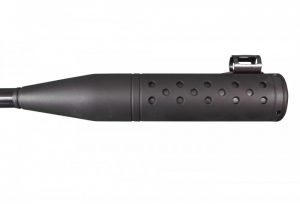
+ Under lever
+ Fibre Optic Sights
+ Great Finish
+ High Power
– Unpredictable Trigger
– Heavy
– Tough to Cock
[This silencer is not removable]
Built to Last: BSA Meteor EVO Silentium
The BSA Meteor Silentium was originally introduced in 1955, over half a century ago, and we are now on our 7th iteration of this famous gun. BSA, and now Gamo, who took over in 1986, have always adopted an “if it ain’t broke, don’t fix it” approach to the Meteor, and consequently have ended up with a rifle that’s very old fashioned, not to mention underpowered. It’s really only suited for purists of the brand, looking to reclaim a bit of the past.
Now, however, they introduce the Meteor EVO, a version of their classic rifle that has been given a firm boot into the 21st century. First thing to note is the power: upped from the original’s 8ft/lb, the EVO features a brand-new spring-and-valves system that will produce around 11ft/lbs of muzzle energy, just under the legal limit.
The EVO, much like its predecessor, is a rifle that’s built to last, something that continues to impress me about the brand. The finish of the EVO is also really good, with chequering on the stock and a thick rubber recoil pad. Testing the gun out, 4.52 Air Arms field pellets gave tight groupings at 30 yards, and I’m sure that, with a bit of experimentation with pellets, this could be improved further.
Also, unlike some previous BSA models, like the Lightning and the Supersport, the Meteor features a barrel fulcrum that consists of a threaded screw instead of a pin, which eliminates the lateral barrel movement that has given this brand a bit of a bad rep in recent years.
The only real complaint I have is that the gun is still pretty loud – and yes, I know all spring rifles have a similar problem, but don’t call your gun a Silentium if it gives away my position to everyone within a mile radius. Also, this silencer can’t be removed and replaced with a more effective one, or one that doesn’t look like a giant piece of plastic. Oh well…
The BSA carries a lot of heritage. It also shoots well … even if it’s a little loud and cumbersome to aim.
Summary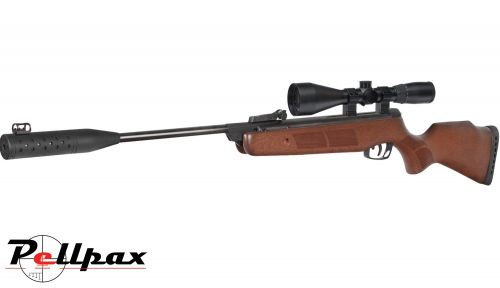
+ Great Build Quality
+ Well Designed Stock
+ High Power
+ Accurate
– Quite Loud
– Can’t Remove Silencer
– Front Heavy
Best Gamo Ever: Gamo Whisper X
The Gamo Whisper X has been billed as “the best Gamo ever”, and while that doesn’t mean much to some people, the Whisper X does shake off some of
the baggage that’s been attached to the Gamo name. Normally known for having a heavy trigger, the Whisper is surprisingly light and responsive, and I found myself growing to like it more with each shot. The accuracy was again pretty good, inside a penny at 30 yards. Nothing to complain about here.
Another thing Gamo rifles were famous for was the “twang” noise the spring made when fired. Now, I don’t know if they use a different manufacturer for their springs now, but that noise was absent, instead being replaced with a more pleasant thud sound. The recoil level of this rifle was also way below what I expected in the shoulder, with the skeleton stock absorbing a large part of it. However, the kick is still larger than most air rifles, and I wonder if this may cause damage to the gun in the long run.
About that stock: it’s not exactly my cup of tea. I have to say I prefer a classic sporter-shaped wood stock, as opposed to the Whisper X’s unusual styling. At least it doesn’t look like a Kral Breaker … Having said that, looks are subjective; one man’s trash is another man’s treasure, blah blah blah … Really, if you’re hitting groups as tight as the X does, how it looks pales into insignificance.
The X was perhaps the gun I was most sceptical about before shooting, and yet it was the one that grew on me the most.
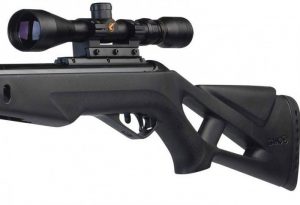
+ High Accuracy
+ Light
+ Comfortable
+ Improved noise…
– … but not exactly Whisper Quiet
– Fixed Silencer
– Polarising looks
The Gamo has an unusual thumbhole design
And the Winner is …
In conclusion, I must say that I was pleasantly surprised by this range of rifles. The build quality is about what you would expect, but the performance far exceeded my expectations. With the exception of one, all were over 11.5ft/lbs, and all were accurate enough to be used for either pest control or target shooting at ranges up to, and including, 30 metres. If I had to pick a winner, I’d probably go for the Remington. Yes, it is a bit rough around the edges, but that trigger is great and makes the gun a joy to shoot. I would have liked the option of front sights, such as on the non-XP model, but this gun is a great choice for target shooters and hunters alike.
The overall standard of the guns was actually very good. Manufacturers have been competing with each other for decades now to try and get their rifles to be the most affordable, and there’s now more choice than ever. Whereas 30 years ago buying a cheap airgun was really scraping the bottom of the barrel, nowadays the bar has been raised so high that you can find a great airgun, regardless of your budget, so long as you’re prepared to compromise.


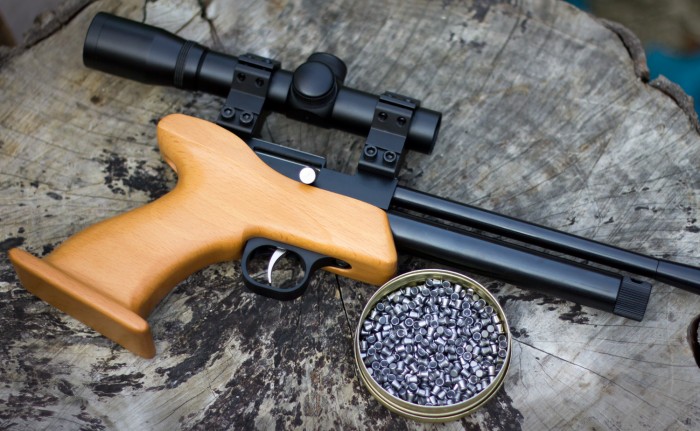
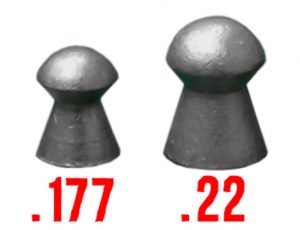
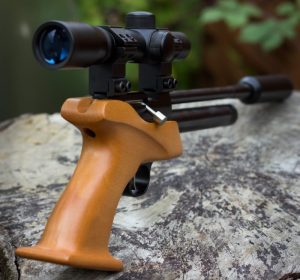
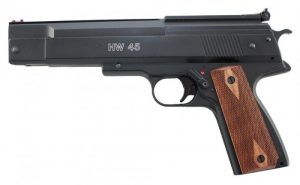
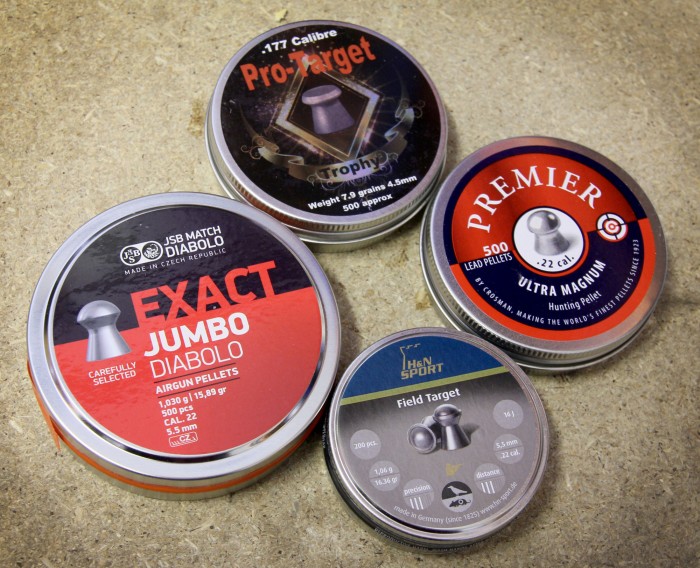
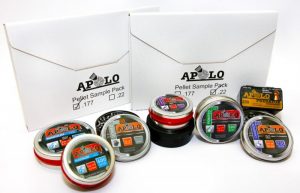
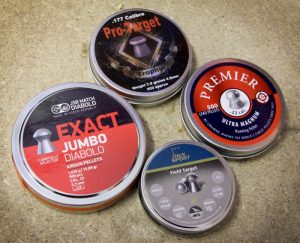
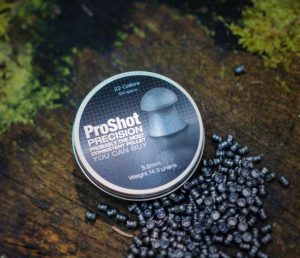
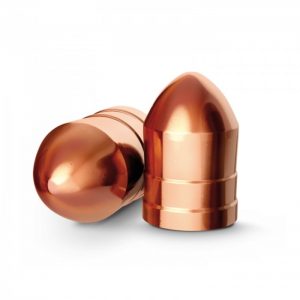
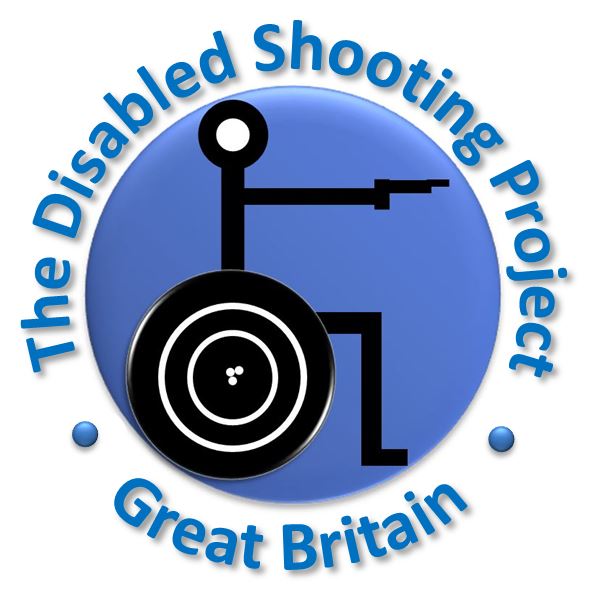
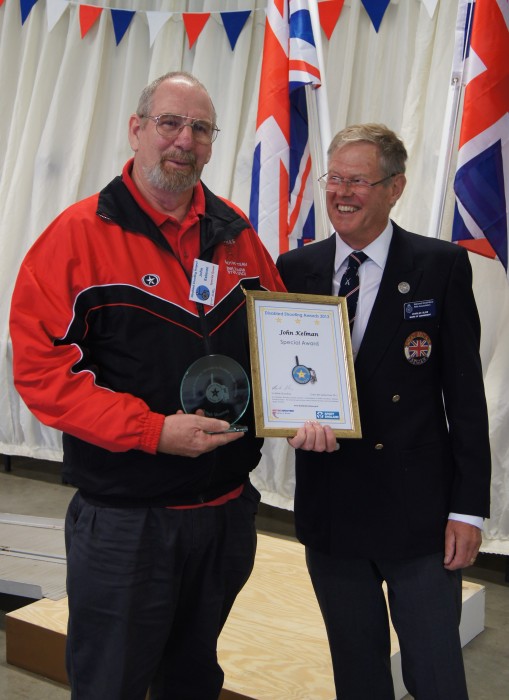 website, and the DSP went back to being operated on a voluntary basis.
website, and the DSP went back to being operated on a voluntary basis.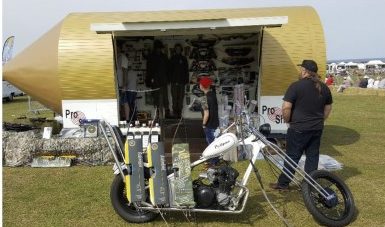
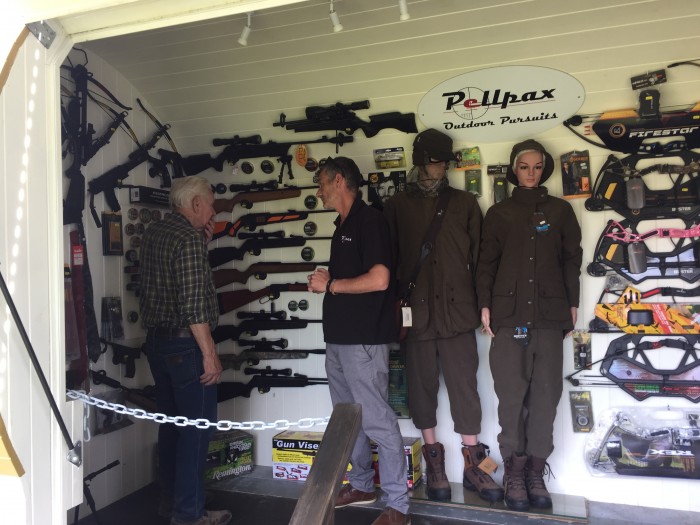
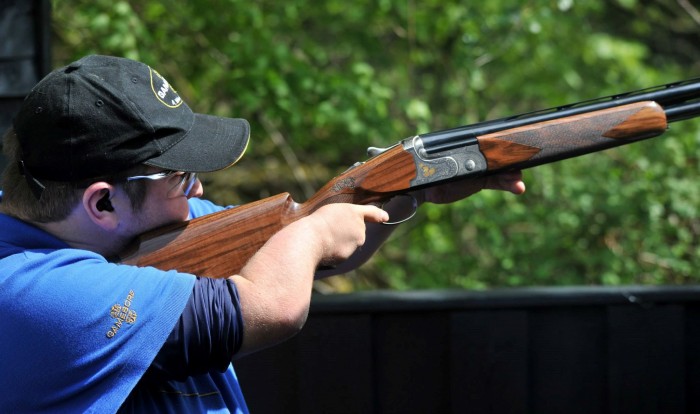
 DSG President Adrian Last in action
DSG President Adrian Last in action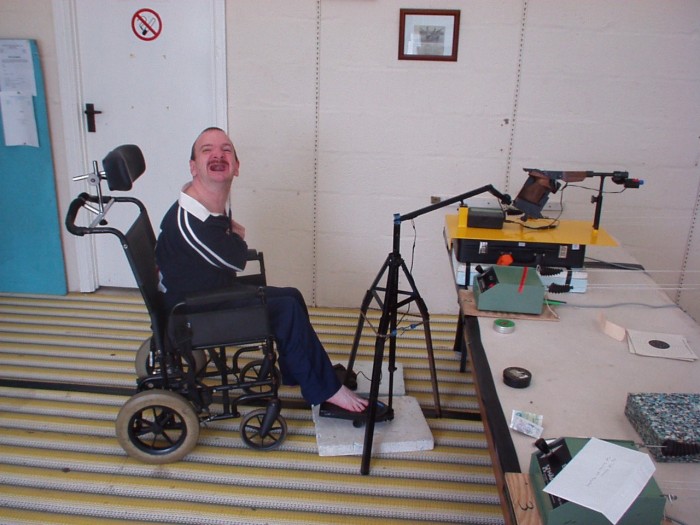 DSG Shooter Eirian uses his feet to aim and shoot.
DSG Shooter Eirian uses his feet to aim and shoot.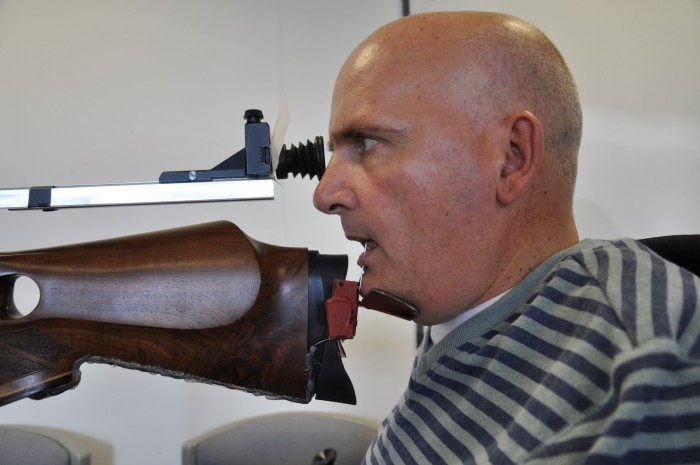 A close up of shooter Vic Morris, in action
A close up of shooter Vic Morris, in action Trial shooter, Paul, takes aim with the specialist equipment
Trial shooter, Paul, takes aim with the specialist equipment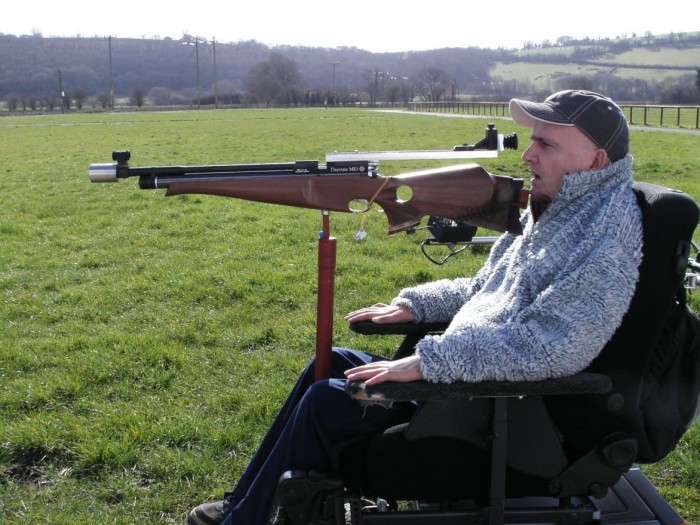 In Memoriam, Vic Morris
In Memoriam, Vic Morris